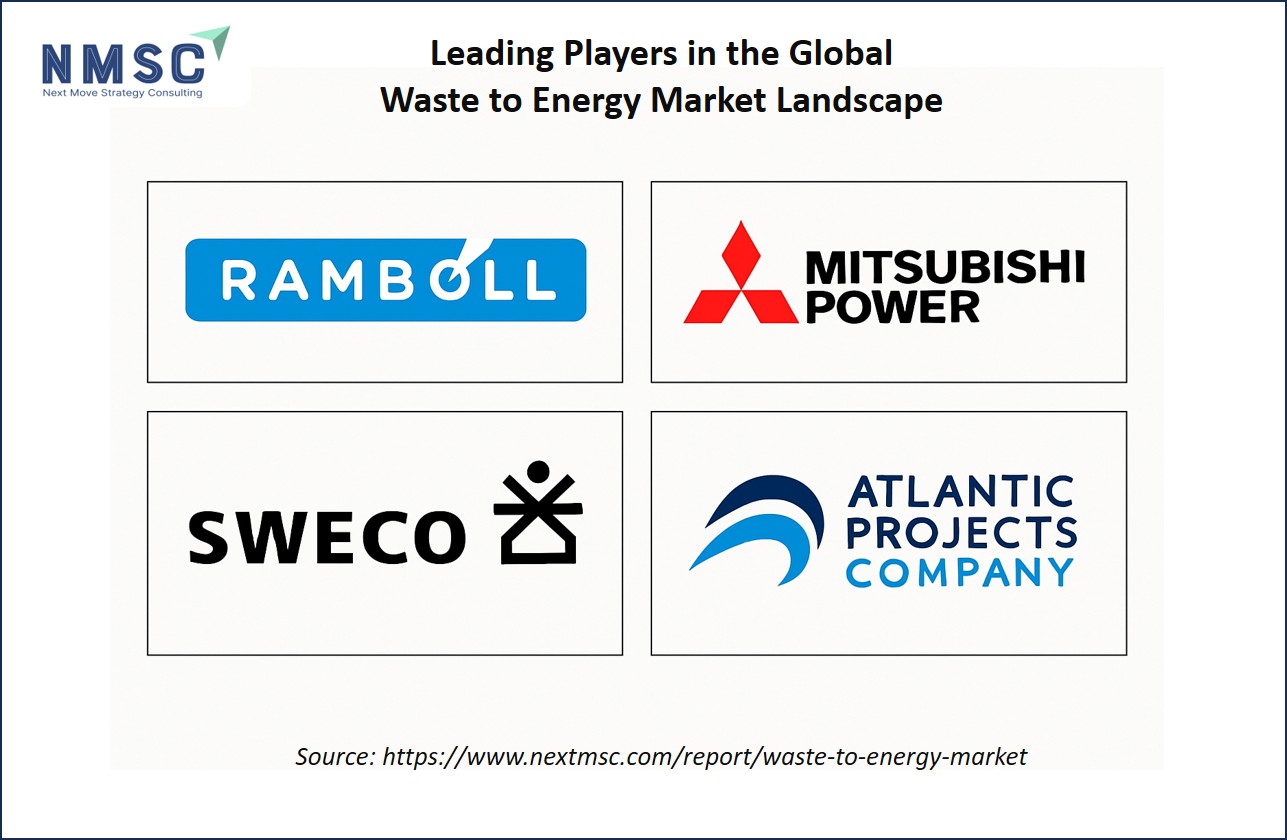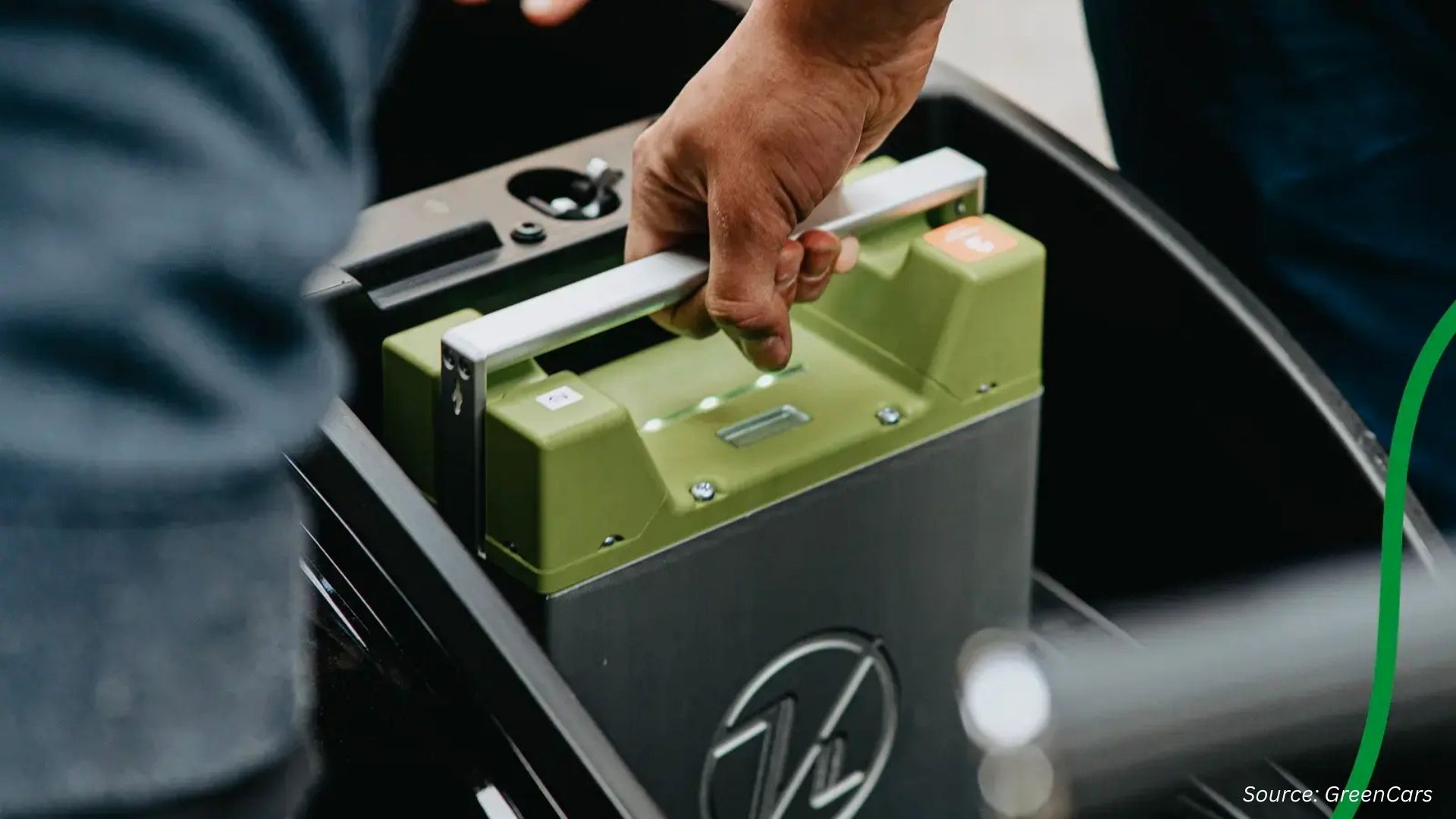Can Waste-to-Energy Transform Our Trash into Treasure?
Published: 2025-09-12

In a world drowning in waste, could the answer to sustainable energy lie in our garbage bins? Waste-to-energy (WtE) technologies are gaining momentum globally, turning municipal solid waste into electricity, heat, and even biofuels.
This blog dives into the WtE market in 2024–2025, exploring its growth, challenges, and transformative potential, all backed by credible sources from this period.
What Is Waste-to-Energy and How Does It Work?
Waste-to-energy involves converting municipal solid waste into usable energy through thermal or biological processes. Imagine a system where your household trash powers your home. Here’s how it typically works:
-
Municipal Solid Waste Incinerators (MSWIs): Waste is burned at high temperatures (over 1,000°C) to produce steam, which drives turbines to generate electricity. Advanced air pollution control systems filter harmful emissions.
-
Anaerobic Digestion: Organic waste decomposes in oxygen-free environments, producing biogas for power generation. This is ideal for wet waste like food scraps.
-
Refuse Derived Fuel (RDF): Waste is processed into combustible pellets for use in furnaces or boilers.
-
Emerging Technologies: Gasification and pyrolysis convert waste into hydrogen, as seen in projects in Egypt and Oman producing green hydrogen from municipal waste.
WtE technologies transform waste into energy via incineration, digestion, or fuel production, reducing landfill reliance and generating renewable power.
Why Is the Waste-to-Energy Market Growing?
The global WtE market is booming. Why the surge? Here are key drivers:
-
Rising Waste Volumes: With global waste expected to hit 3.8 billion tonnes by 2050, WtE offers a solution to manage landfill overflow.
-
Energy Diversification: Countries like Oman are launching WtE projects, such as the 95–100 MW Barka facility, to diversify energy sources and meet net-zero goals by 2031.
-
Policy Support: India’s revised guidelines for WtE projects streamline financial assistance, releasing 50% of funds after operational consent and the rest upon achieving 80% capacity.
-
Corporate Expansion: Companies like Waste Management, Inc. are integrating WtE into their portfolios, with acquisitions like Stericycle boosting healthcare waste processing.
The global Waste to Energy Market is predicted to reach USD 53.07 billion by 2030 with a CAGR of 4.4%.
What Are the Environmental Benefits of Waste-to-Energy?
WtE is often hailed as a win-win for waste management and renewable energy. Here’s how it contributes to sustainability:
-
Landfill Reduction: WtE can reduce waste volume by 87%, as seen in U.S. facilities where 85% of municipal waste is burned for energy.
-
Greenhouse Gas Mitigation: Oman’s Barka project will generate 760 GWh of renewable energy annually, supporting net-zero targets.
-
Circular Economy: WtE supports a circular economy, potentially adding $108.5 billion annually to the global economy by repurposing waste.
-
Innovative Feedstocks: Research in Australia shows invasive weeds like Brazilian Nightshade can be converted into biomass pellets, offering renewable fuel alternatives.
WtE reduces landfill waste, cuts emissions, and supports a circular economy, making it a key player in sustainable development.
What Challenges Does the Waste-to-Energy Market Face?
Despite its promise, WtE faces significant hurdles, particularly in implementation and environmental impact:
-
Poor Waste Segregation: In India, unsorted waste leads to toxic emissions from MSWIs, as seen in Hyderabad’s non-compliant plant.
-
Health and Pollution Risks: Chennai’s planned Kodungaiyur plant (2,100 tonnes/day, 31 MW) raises concerns after Paris’s Ivry-sur-Seine facility showed dioxin levels in soil and food exceeding EU safety thresholds.
-
High Costs and Infrastructure Needs: Chennai’s project costs ₹1,026.41 crore, requiring significant investment in segregation and pollution control systems.
-
Regulatory Gaps: India’s WtE plants often fail to monitor hazardous pollutants like dioxins, risking public health.
WtE faces challenges like inadequate waste segregation, high costs, and pollution risks, necessitating robust regulatory and infrastructure solutions.
How Are Global Regions Adopting Waste-to-Energy?
Different regions are embracing WtE with unique approaches:
|
Region |
Project Example |
Capacity & Impact |
|
Oman |
Barka WtE Project |
95–100 MW, 760 GWh/year, set for 2031 |
|
India |
Kodungaiyur WtE Plant (Chennai) |
2,100 tonnes/day, 31 MW, but faces pollution concerns |
|
Australia |
Weed-to-Biofuel Research |
Biomass pellets from invasive weeds, targeting 20% bioenergy by 2050 |
|
Japan |
Yokohama WtE Facility (MHIEC) |
1,050 tonnes/day by 2031, replacing older infrastructure |
|
Singapore |
TuasOne WtE Plant (MHIEC) |
3,600 tonnes/day, 120 MW daily |
Global adoption of WtE varies, with Oman and Singapore focusing on large-scale projects, India grappling with regulatory issues, and Australia exploring innovative feedstocks.
How Competitive Is the Waste-to-Energy Market?
The waste-to-energy industry is witnessing increasing competition, driven by rising demand for sustainable waste management and renewable energy solutions. As the sector continues to expand, lucrative growth opportunities are attracting both established players and emerging innovators.
Companies such as Ramboll Group, Mitsubishi Power Ltd., Sweco AB, Veolia Environnement SA, and Babcock & Wilcox Enterprises, Inc. are investing in advanced technologies and strategic collaborations to strengthen their market positions. Other key players, including BioMRF Technologies Inc., A2A Ambiente S.p.A, Hera S.p.A, and Valmet Corporation, are also actively contributing to the industry's growth, making the competitive landscape dynamic and innovation-driven.
What’s Next for the Waste-to-Energy Market?
The WtE market is poised for growth, but success hinges on addressing challenges. Here are actionable next steps:
-
Invest in Segregation Infrastructure: Governments should prioritize waste sorting systems to ensure only suitable waste enters WtE plants, reducing toxic emissions.
-
Strengthen Regulations: Enforce strict emission monitoring, as India’s revised guidelines aim to do, to protect public health.
-
Explore Alternative Feedstocks: Expand research into non-traditional sources like weeds, as Australia is doing, to diversify WtE inputs.
-
Integrate CCUS Technologies: Adopt carbon capture systems to make WtE plants carbon-negative, as explored in the UK.
-
Engage Communities: Address local concerns about pollution, as seen in Chennai, through transparent planning and zero-waste alternatives.
The WtE market’s future depends on improved waste management, stricter regulations, innovative feedstocks, and community engagement to ensure sustainable growth.
About the Author
 Sneha Chakraborty is a seasoned SEO Executive and Content Writer with over 4 years of experience in the digital marketing space, bringing a strong command of online visibility strategies and a keen insight into the evolving digital landscape. She specializes in enhancing online visibility and user engagement through data-driven strategies and creative content solutions. Sneha is passionate about translating complex digital concepts into accessible content for a wide audience. Outside of work, she enjoys reading, sketching, and exploring the outdoors through nature photography.
Sneha Chakraborty is a seasoned SEO Executive and Content Writer with over 4 years of experience in the digital marketing space, bringing a strong command of online visibility strategies and a keen insight into the evolving digital landscape. She specializes in enhancing online visibility and user engagement through data-driven strategies and creative content solutions. Sneha is passionate about translating complex digital concepts into accessible content for a wide audience. Outside of work, she enjoys reading, sketching, and exploring the outdoors through nature photography.
About the Reviewer
 Debashree Dey is a skilled Content Writer, PR Specialist, and Assistant Manager with strong expertise in Digital Marketing. She specializes in crafting visibility strategies and delivering impactful, data-driven campaigns. Passionate about creating engaging, audience-focused content, she helps brands strengthen their online presence. Beyond work, she draws inspiration from creative projects and design pursuits.
Debashree Dey is a skilled Content Writer, PR Specialist, and Assistant Manager with strong expertise in Digital Marketing. She specializes in crafting visibility strategies and delivering impactful, data-driven campaigns. Passionate about creating engaging, audience-focused content, she helps brands strengthen their online presence. Beyond work, she draws inspiration from creative projects and design pursuits.

















Add Comment